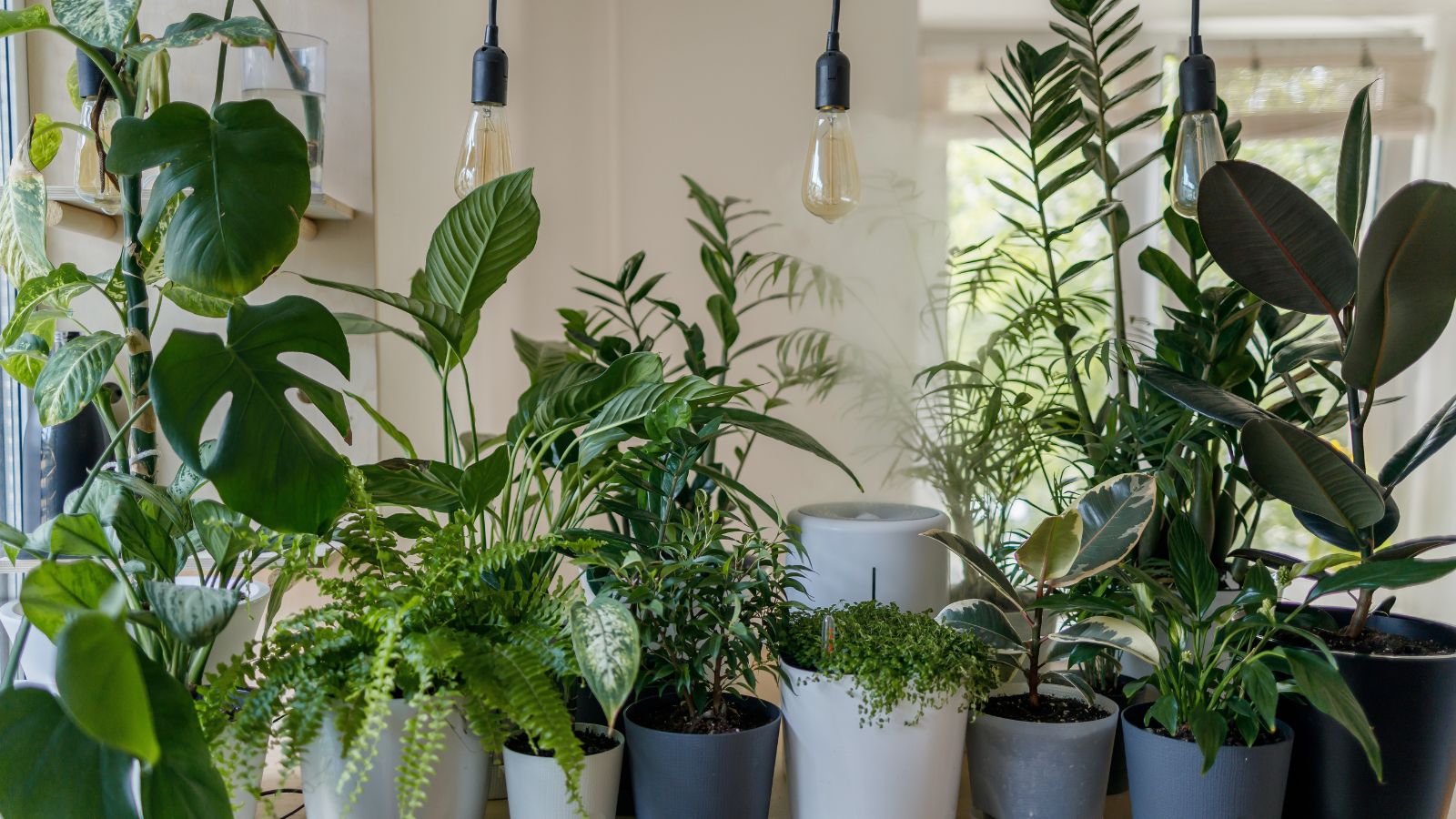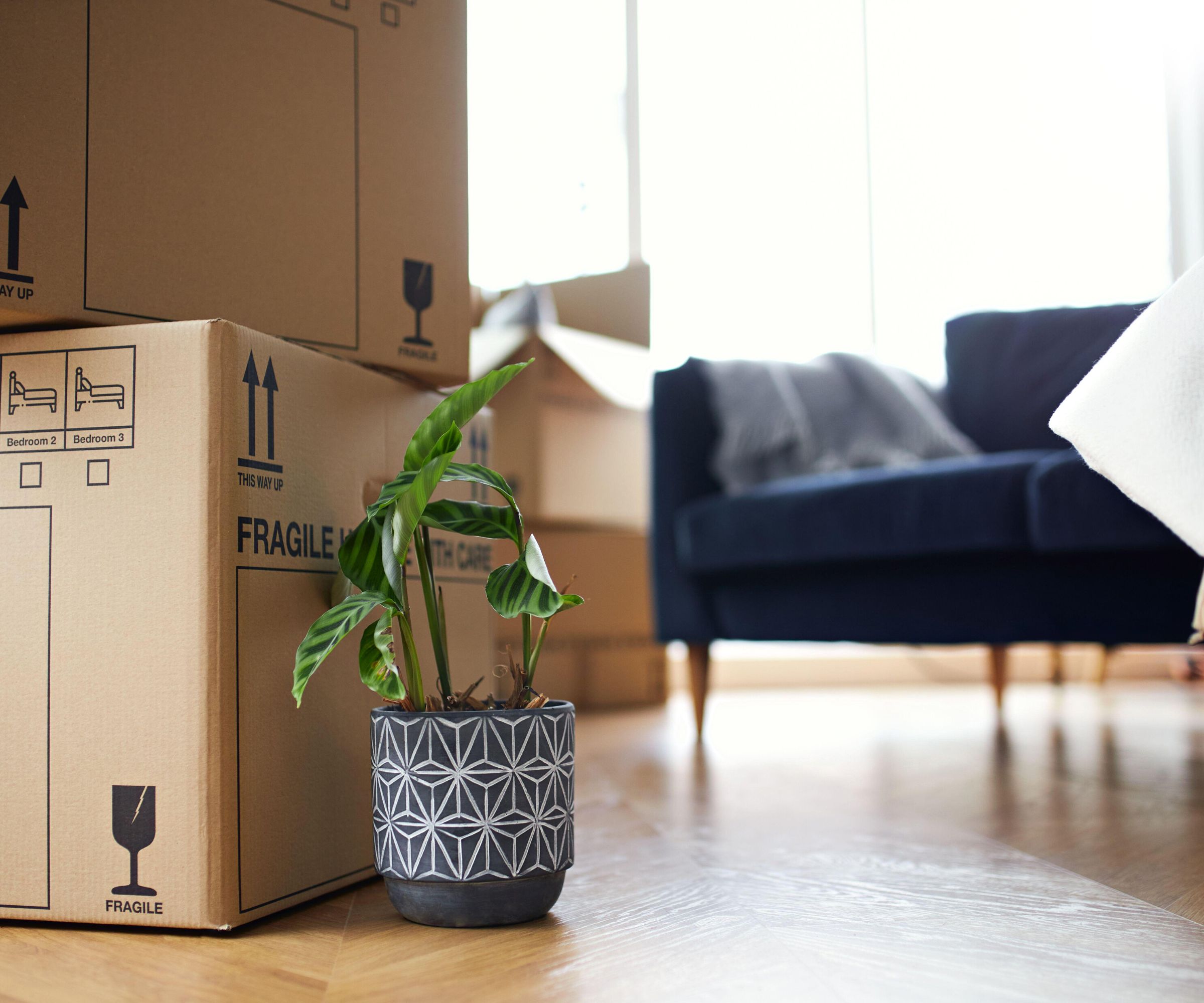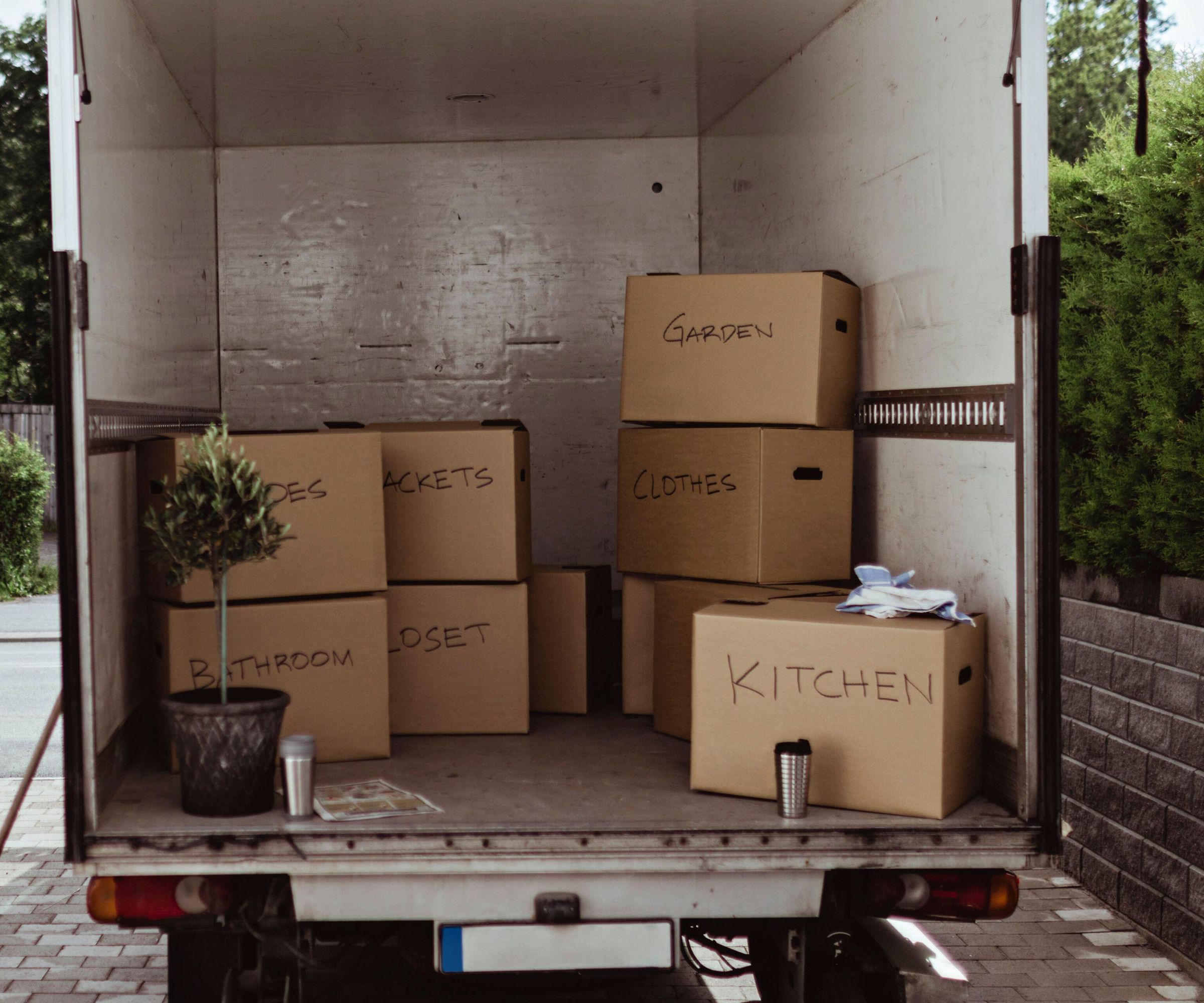How to move with houseplants – expert explains how to take your cherished collection to your new house
Moving home doesn't have to mean selling your houseplants, an expert explains how you can take your precious plants with you to your new home


Moving home is easily one of the most stressful times in anyone's life, and for plant lovers, it can be difficult to work out how to get your curated houseplant collection to your new space without having to sacrifice at least a few of them. Luckily, an expert has explained how to move with houseplants so you no longer have to leave your plant babies behind.
If you have spent years cultivating some of the best indoor plants, it is unlikely that you will want to get rid of them easily. With the most common advice being to adhere to decluttering tips to help you downsize, it can be hard to see a way around selling or donating your houseplants. Although a tedious process, for those looking to keep their precious plants there is one way to get them to your new home safely – no matter the distance.
Here, Angela Slater, a gardening expert at Hayes Garden World, has explained the step-by-step process for protecting your plants.
How to move with houseplants

1. Soak the roots in advance
Although many plant lovers have a strict watering schedule, even for the best low-maintenance indoor plants, it is important to water your houseplants in advance of your move – even if it is slightly outside of the regular timing.
'Before wrapping your houseplant, soak the root ball in water and allow it to drain,' Angela advises. 'If the removal van is hot then the plant will have enough moisture to see it through the journey to its destination.'
Another reason to water your houseplant before moving is to allow the soil to drain enough to not be too heavy to move around easily.
2. Protect plant leaves
With a plant's leaves often being one of the most sensitive parts of the plant beside the roots, protecting them from accidental damage when moving or in a moving van is a must, Angela says.
Design expertise in your inbox – from inspiring decorating ideas and beautiful celebrity homes to practical gardening advice and shopping round-ups.
'If possible, try and source some cellophane plant sleeves which will keep the leaves secure,' she suggests. 'If you can’t find these, wrap the leaves in a cone of paper or cardboard- try making your own out of newspaper.'
Make sure your plant is free from any common houseplant pests before doing this, however, as you do not want to encase them beside your plant to wreak any direct or constant damage.
3. Pack you plants together
So long as your houseplants are free from pests, it is best to keep them close together during the move. This will not only help to prevent them from getting crushed by boxes but will allow you to wedge the pots together to prevent breaking.
'Wedge several plant pots together in a cardboard box to prevent them from moving around on the journey, stuffing any gaps with newspaper,' Angela says. 'Ensure the boxes are secure in the removal van and cannot move around or tip over.'
4. Be mindful of the temperature
Much like how to care for houseplants in winter, protecting your plants from adverse weather during a move is vital to ensuring they thrive on the other side.
'If you're moving in winter, keep your plants on the dry side as they hate being sat in freezing wet compost,' Angela warns. 'Use extra newspaper when wrapping to try and retain some heat for the plant.
'Conversely, if the weather is hot, give your houseplants a mist with tepid water before loading them onto the removal van and, if possible, place them in a shady spot.'
5. Make sure you plants can breathe while being secure
If you want to make sure you can continue decorating with plants, it is important to make sure your plants can breathe adequately even when locked in the back of a moving truck, Angela explains.
'If you’re moving your houseplants in a sealed box, make sure you poke some holes in the top and sides to allow the plants to breathe. Tie a plastic bag tightly around the pot to ensure the compost doesn’t go everywhere if the pot should happen to fall over.
'If your plant has grown too big to go into a box, tie a plastic bag tightly around the pot and wrap the foliage in a secure cardboard collar, then wedge it between your furniture.'
6. Check documents for international moves
Although moving across the world is rare, and you may have to limit at least some of your houseplants for a long-distance relocation, any houseplants you do take with you may need to be checked against your new country's laws.
'If you are moving to mainland Europe or Australia, for example, make sure you have the correct documentation. There are restrictions on cross-border movement of live plants that you will need to be aware of,' Angela warns.
What to do if a plant is damaged while moving

If your plants become damaged during a house move, there are a few things you can do to try to save or revive the plant before admitting defeat.
'Remove your houseplants from their packaging as soon as possible,' says Angela, 'check their moisture levels and water if necessary. Be sure to replace any compost which has come out of pots and remove any damaged leaves.'
Prune away any broken parts of the plant before staking damaged parts with a soft string to offer support as it regains its energy. Make sure you do not add water to a plant if you suspect that it has suffered from overwatering due to too much moisture trapped in the soil when moving, conversely, water the plant well if you find that it has completely dried out in the moving truck. it is not recommended to water a plant with sugar water when it is experiencing damage or shock, as this can lead to further root damage and kill the plant. Instead, offer the plant a small amount of houseplant fertilizer.
Finally, ensure that you place the plant into an ideal environment, Angela says. 'Place your houseplants in a room with good light, but not direct sunlight. It’s important to ensure that your houseplant is placed in an equitable temperature.' This will offer the plant the best chance of rejuvenating its strength.
Should you water plants before moving?
Water your plants a few days before you move to make sure the soil is damp, but not soaking wet. This will help to keep the roots moist during the moving process and help to reduce stress which may kill or damage your plants.
Do plants get stressed by movement?
While plants do experience stress when being moved, if the movement is as limited as possible and remain watered, as well as being returned to sun as soon as possible, you can try to mitigate some of the more serious effects of plant or root stress.

Chiana has been at Homes & Gardens for two years and is our resident 'queen' of non-toxic living. She spends most of her time producing content for the Solved section of the website, helping readers get the most out of their homes through clever decluttering, cleaning, and tidying tips. She was named one of Fixr's top home improvement journalists in 2024.